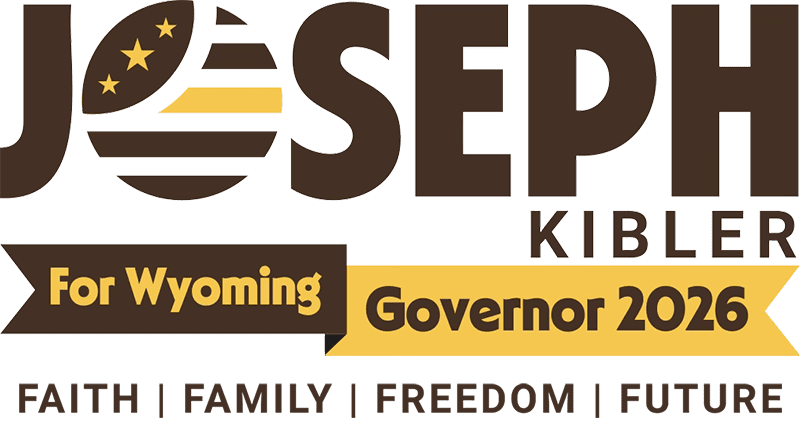When permits drag on, families pay more for housing, small businesses delay hiring, and community projects stall. Cutting red tape isn’t about special favors—it’s about clarity, consistency, and speed so good work can happen. In the Wyoming governor 2026 race, my focus is simple: keep government light, make rules plain, and move projects at the speed of common sense.
One page, not ten offices
People shouldn’t need a tour guide to start a project. We’ll organize existing information on a single public-facing page that points to current rules, forms, and contact windows—state and local where applicable. This isn’t a new office; it’s basic organization so citizens and reviewers see the same instructions at the same time.
Published timelines you can plan around
Time is money for working families and small shops. Agencies already measure internal targets—let’s publish clear expected timelines for common permits and track how we’re doing. When applicants know the order of steps and typical durations, projects get sequenced correctly, and surprises drop.
Plain-English checklists (compliance by design)
Most delays come from missing details. A one-page checklist per permit type (what to submit, common errors, review criteria) lets applicants get it right the first time. Do the right thing once—you’re good to go. No guessing, no scavenger hunt.
Third-party reviews (where allowed)
When queues grow, qualified third-party plan reviews (engineering, fire/life safety, code compliance) keep the line moving while maintaining standards. Review authority stays with the state/local body; third parties handle the technical throughput. More speed, same safety.
Transparency that respects everyone
Sunlight builds trust. Simple status indicators (received → in review → info requested → approved) help applicants know where they stand—without creating a customer-service bureaucracy. A light public view keeps the team focused and customers informed.
Keep rules tight; cut duplication
We’ll identify duplicative forms and overlapping approvals and consolidate where sensible. The goal isn’t fewer safeguards; it’s fewer repeats. If a safety check is covered upstream with documented results, don’t make applicants pay and wait twice.
Small-town reality check
Rural offices often run lean. A predictable cadence—set review windows, shared templates, and optional third-party help—respects staff capacity and applicant timelines. This approach lifts pressure off frontline teams without adding layers.
Why this matters
- Families: quicker timelines lower carrying costs for homebuilding and renovation.
- Small businesses: faster approvals mean earlier openings and paychecks.
- Communities: reliable processes attract investment that fits our towns and values.
This is a lean-government plan: organize what exists, publish what we already track, and give people the tools to comply the first time. No sprawl, no new maze—just clarity and momentum.
Give Freedom Back — because real freedom doesn’t need permission.
FAQs
Q1: Does “faster” mean cutting corners on safety?
No. Reviews stay rigorous. The focus is predictable timelines, clearer checklists, and optional third-party reviews to handle volume—same standards, less waiting.
Q2: Is this creating a new agency or program?
No. It organizes existing information, publishes expected timeframes, and uses tools already available (like third-party reviews where permitted).
Q3: How does this help small towns with limited staff?
Shared templates, published timeframes, and optional third-party reviews reduce bottlenecks so small teams can keep pace without burnout.
Q4: What if an application is incomplete?
Plain-English checklists minimize misses. If something’s still missing, a single, consolidated request replaces piecemeal emails—saving time on both sides.Q5: How will the public know it’s working?
By published turnaround metrics for common permits and simple status indicators. Transparency drives steady improvement without growing bureaucracy.

